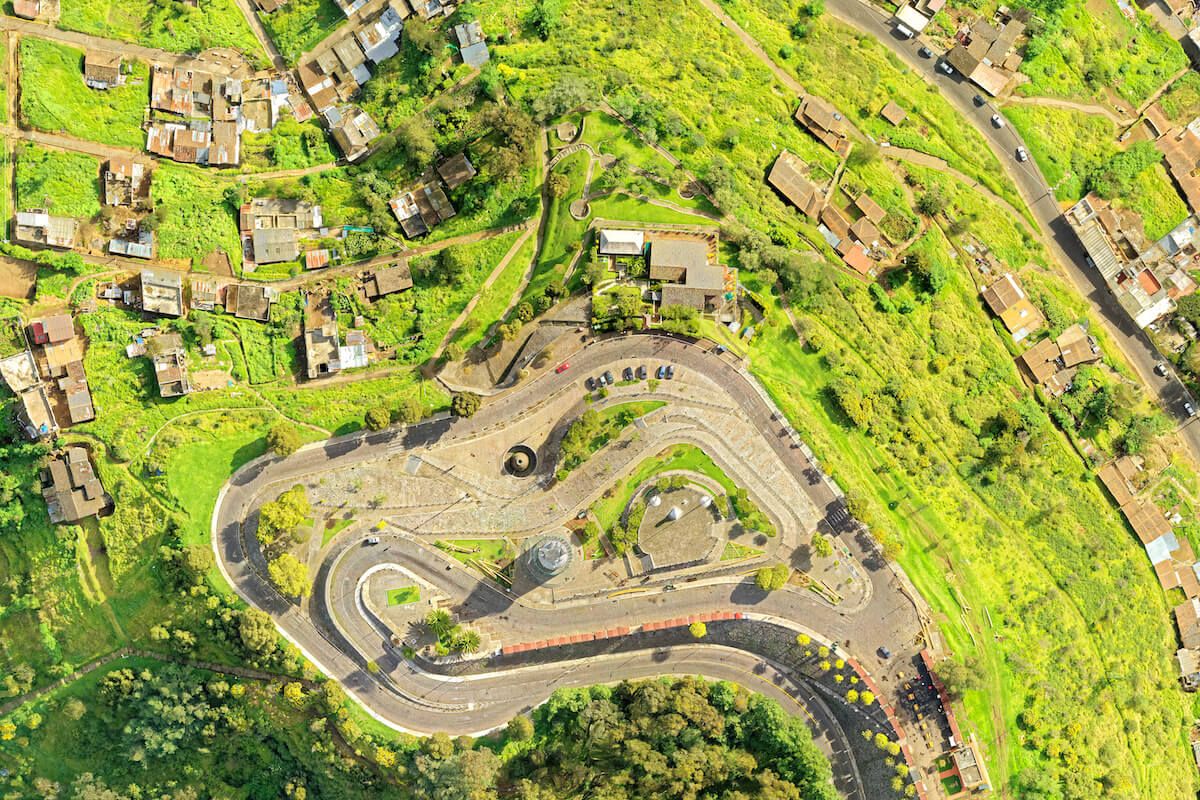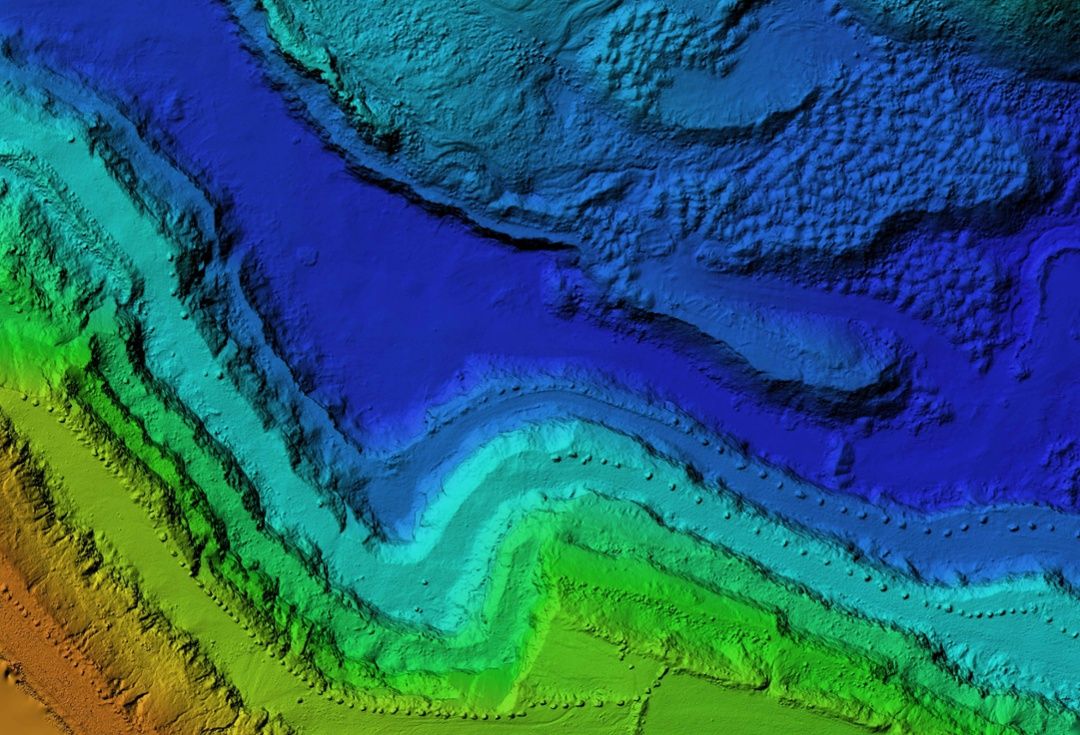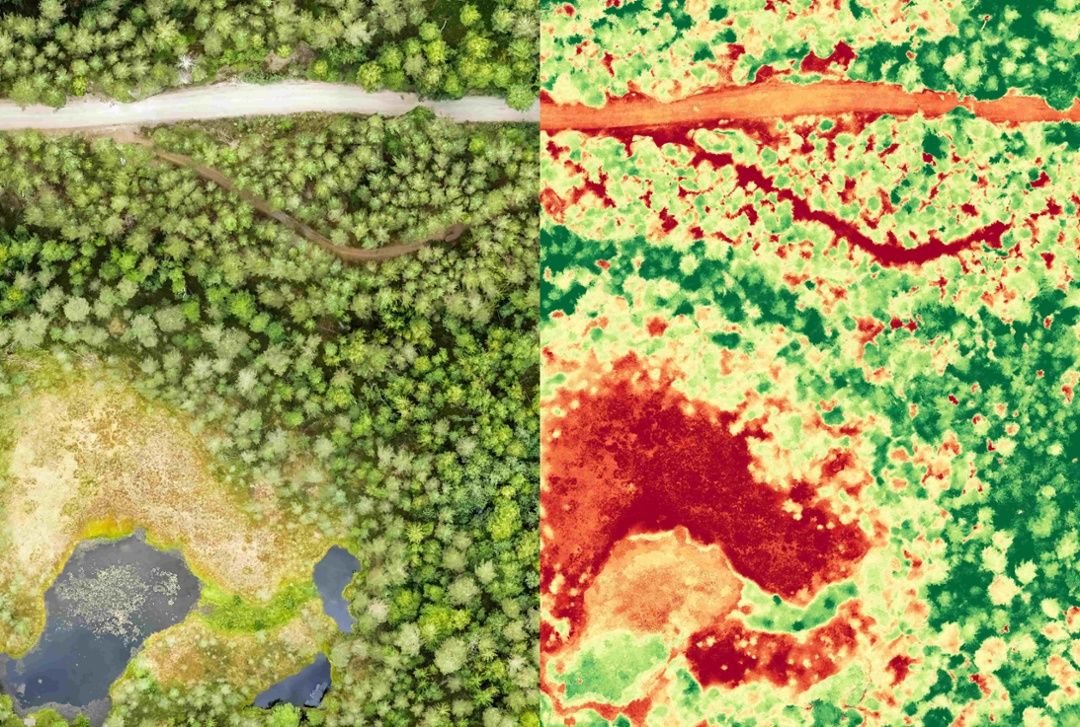Archives
- July 2023
- June 2023
- May 2023
- April 2023
- March 2023
- February 2023
- January 2023
- December 2022
- November 2022
- October 2022
- September 2022
- May 2022
- April 2022
- March 2022
- February 2022
- January 2022
- November 2021
- October 2021
- March 2021
- July 2020
- May 2020
- April 2020
- March 2020
- December 2019
- October 2019
- September 2019
- June 2019
- May 2019
- April 2019
- September 2018
- June 2018
The Aerial Perspective Blog
Construction Surveying & the Future of Engineering

In the past, construction surveying has required sending teams of people to sites to gather and synthesize information. In recent years, technological innovation has changed the way professionals approach this essential step in the construction process.
Discover how to leverage drone technology for construction surveying needs to save time and money while improving worker safety.
Elements of Construction Surveying
Whether it’s a small house or multi-acre industrial complex, one of the first steps in any construction project is getting the lay of the land for planning, permitting, design, and construction.
Mapping
Mapping helps designers and engineers understand property lines and other important boundaries so they can comply with zoning and other regulations. This step is also essential for creating a legal description of the property, which is used in real estate documentation.
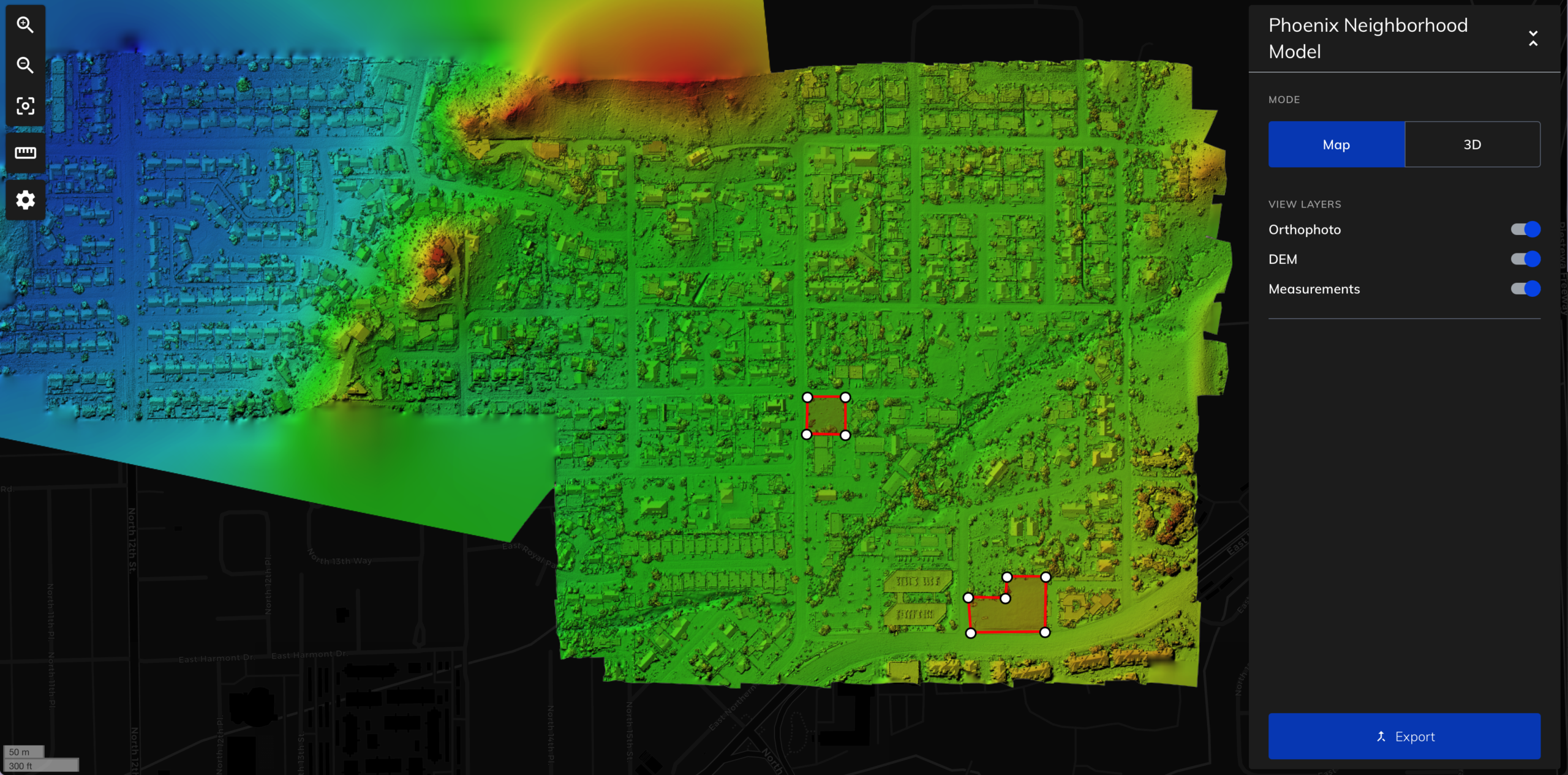
Topography
Capturing the topography of a site allows you to understand where human-made and natural features of the property are located and how they relate to each other. From this information, you can:
- Identify areas where earth must be moved and leveled.
- Establish possible building sites.
- Determine the most efficient strategy for site access.
- Calculate estimated costs for grading based on how much fill will be required.
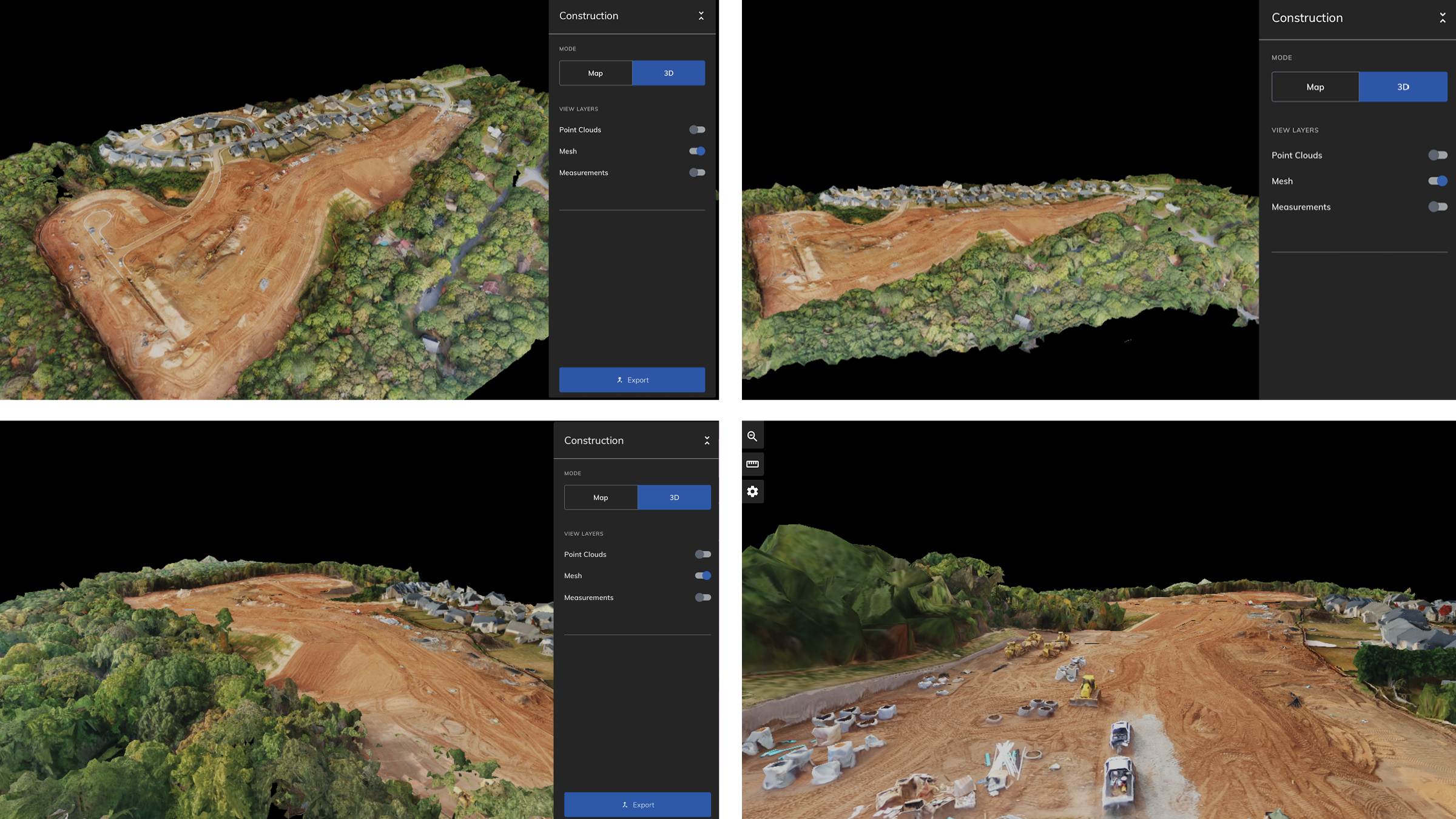
Construction Layout
Surveying data is used in the design process to determine where a building will be positioned on the site and how it will be oriented to optimize solar gain, views, and other factors. This data is also used to develop engineering drawings that show the specifications for load-bearing piles and other foundational elements, which depend on accurate geotechnical information.
Staking
Prior to construction, the site is staked out with the exact location of buildings. Construction surveys are used to verify the accuracy of stake locations by comparing them to engineering drawings.
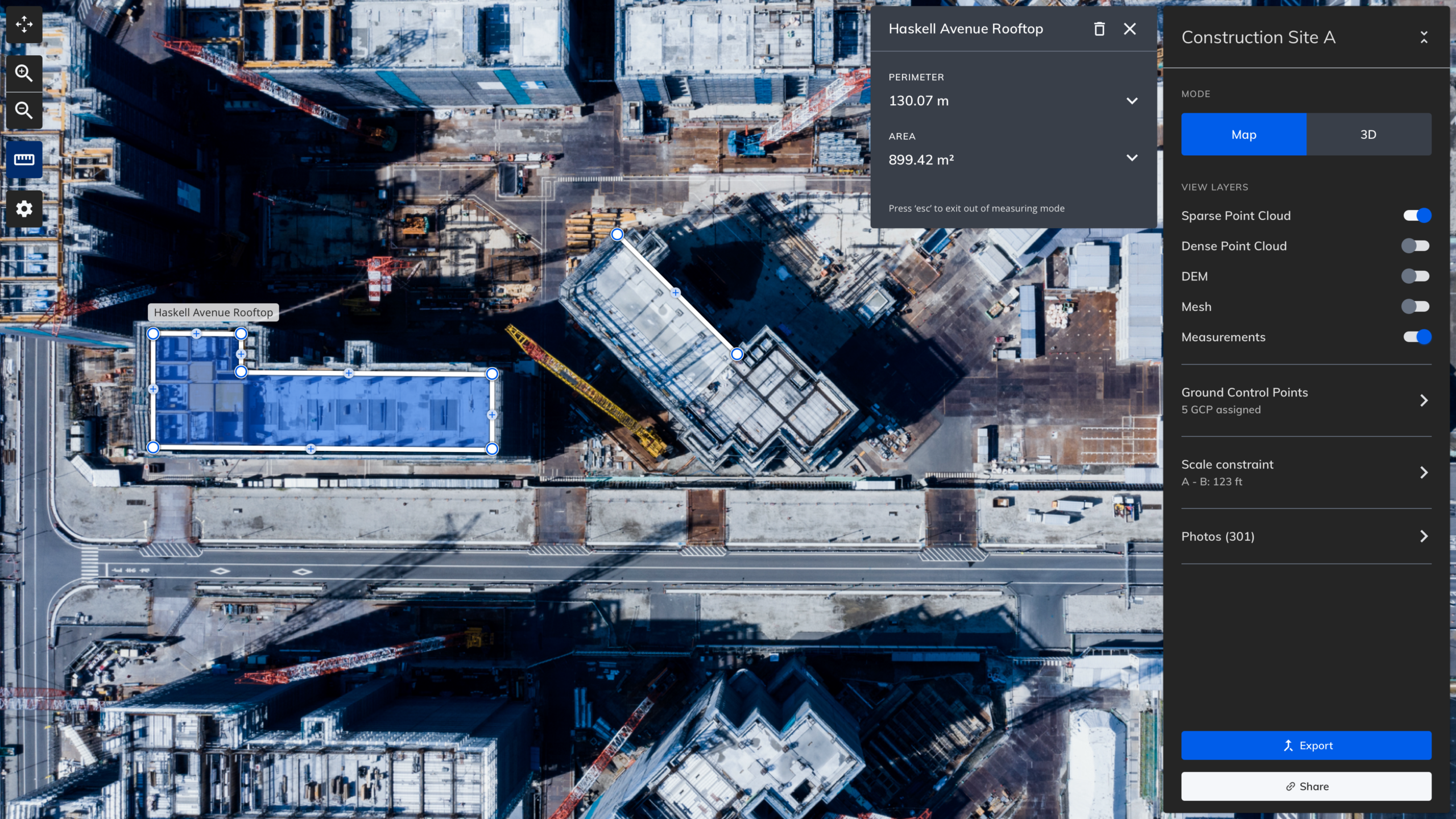
Technological Advances in Construction Surveying
In its infancy, construction surveying required using physical objects to measure both vertical and horizontal distances. As the technology evolved, total stations and other tools were developed to measure distance, elevations, and angles electronically, then eventually with remote and robotic technology. In more recent decades, the combination of GPS and drone technology has further advanced construction surveying with even more automation.
Remote Surveying
Remote construction surveying with a drone allows you to quickly and efficiently gather existing conditions in both 2D and 3D. For planning purposes, you can learn about:
- Terrain details and vegetation that might impact site access
- Utility infrastructure to work around
- Topology of the site
- Existing exterior conditions for renovation projects
With high-resolution 3D information, you can provide key measurements to concrete subcontractors, determine which equipment is necessary for reaching certain areas, and more.
Some of the benefits of using drone surveying technology include:
Saved Time
Get faster, more accurate results than with manual surveying methods. Flying a drone is much quicker than sending people into the field to survey a potential building site, and there is less room for error.
Saved Money
Why incur the costs of heavy-duty vehicles and cranes when you can access a construction site remotely? Flying a drone is a much more cost-effective solution than renting machinery or a plane.
Improved Safety
Did you know that falling is one of the leading causes of death for construction workers? Although it’s not possible to eliminate all the work that must be done at potentially hazardous heights, using drones to capture imagery reduces risks and helps protect workers.
Reduced Labor
In many cases, a team of two can gather all of the information that previously required larger teams, including equipment operators.
Reduced Impact
Remote sites with challenging access can be difficult to survey. You may need to comply with environmental regulations just to get to the site for measurements. Flying a drone to gather the data you need bypasses all of this.
Project Monitoring
When a project is under construction, a bird’s-eye view of the site can be invaluable. Capture daily, weekly, or monthly images and videos for recordkeeping, future training purposes, or in the worst-case scenario, for insurance investigations. Using drones throughout a construction project is a great way to show progress to stakeholders no matter where they are located.
Compare as-built imagery to design and engineering drawings to detect and correct flaws before they become more problematic. Validate compliance with project requirements such as regulatory, environmental, zoning, and so on. Use drone footage at various construction project milestones as part of quality inspections and save money on cranes and the labor associated with using them.
Visual inspection of drone imagery also allows you to identify hazards, so you can stop accidents before they happen. You can also accurately measure the amounts of materials on-site to ensure you have what you need when you need it.
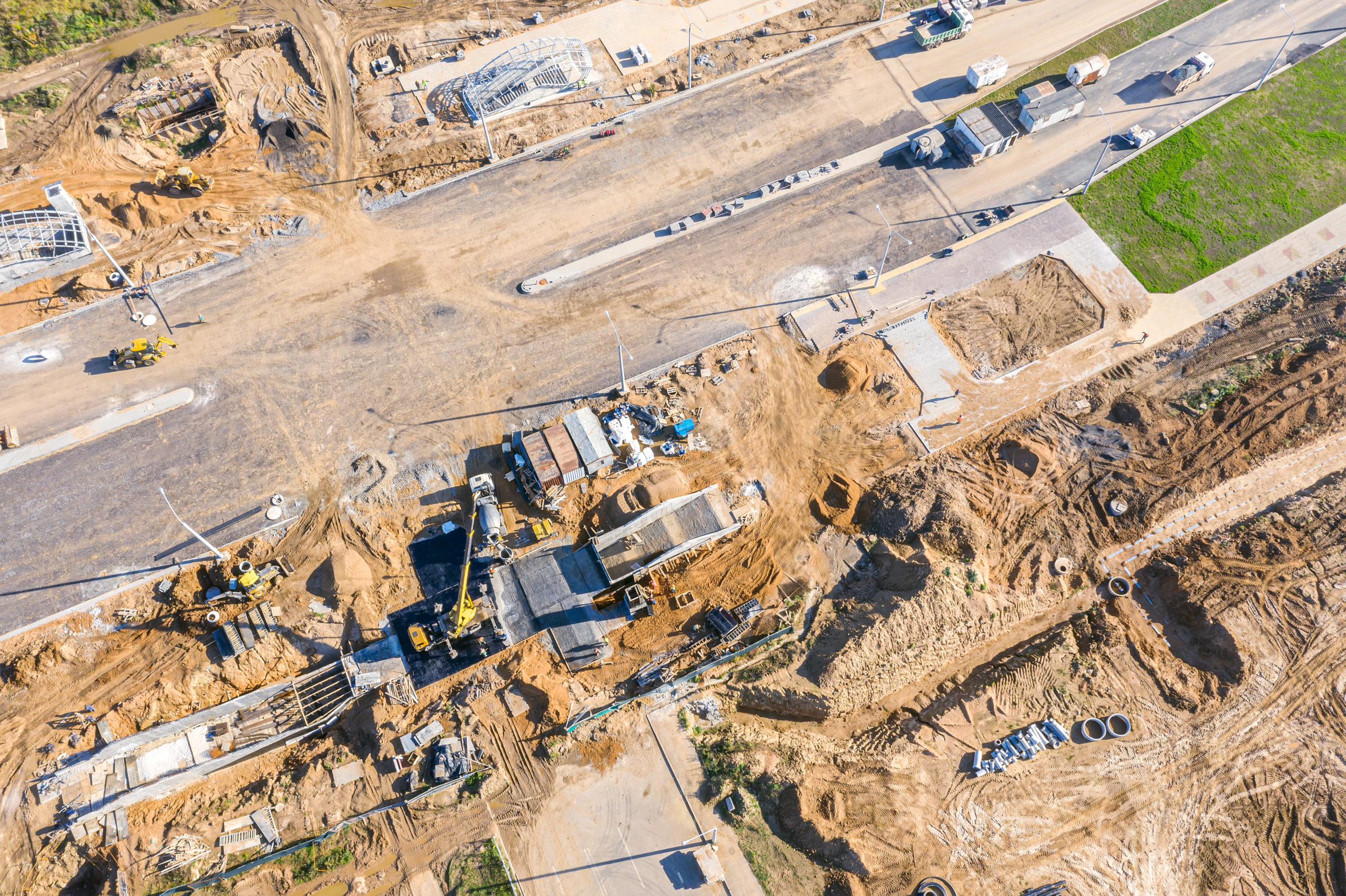
Try Construction Surveying with Mapware
The future of engineering is intertwined with technological advances in drones and photogrammetry. If you’re not at least evaluating the potential benefits of remote construction surveying, you will fall behind in the industry. Using a tool such as Mapware allows you to get all of the construction surveying information you need, often with better quality and more efficiency than traditional methods.
With Mapware, you can get accurate, detailed information at every step of a construction project lifecycle. Make a flight plan before you go into the field to capture site data. Create automatic flight paths for weekly monitoring while a project is under construction. Use advanced photogrammetry features and 3D modeling to capture as-built details, measure materials on-site, and much more.
Join our mailing list to stay up to date on the latest releases, product features and industry trends.
Mapware needs the contact information you provide to us to contact you about our products and services. You may unsubscribe from these communications at any time. For information on how to unsubscribe, as well as our privacy practices and commitment to protecting your privacy, please review our Privacy Policy.
